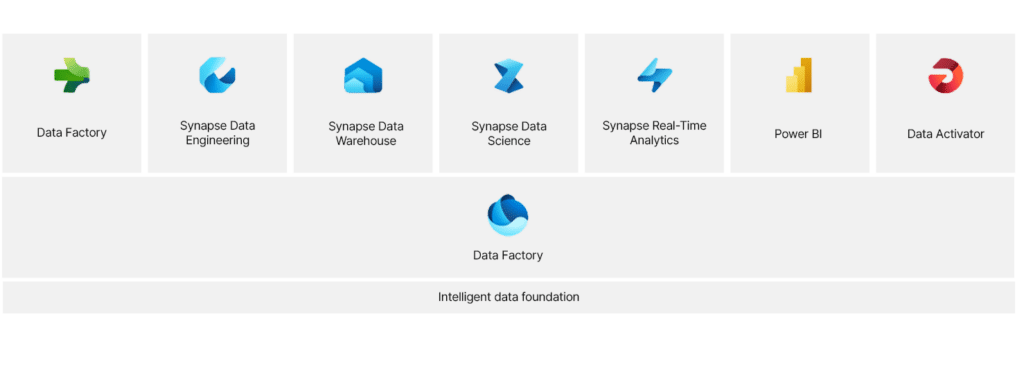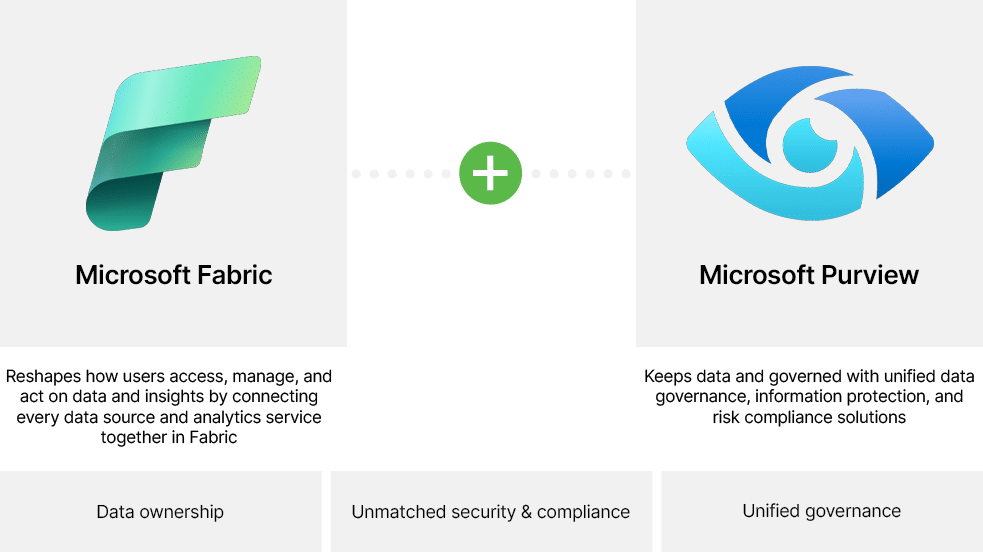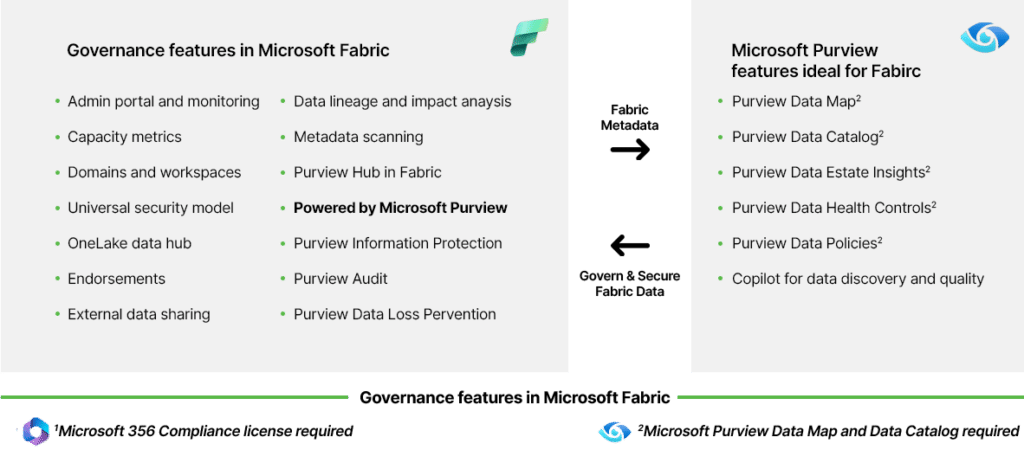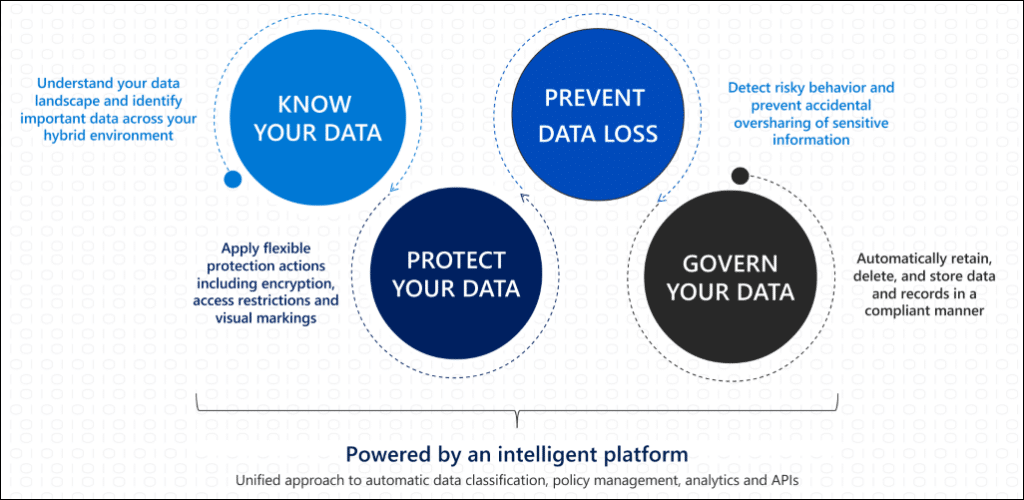Undoubtedly, organizations are thrilled with the possibilities data brings them – greater efficiency, better decision-making, and competitive advantage. Data, however, is also overwhelming. With data pouring in from different sources and platforms, not to mention multi-cloud environments, managing and keeping track of it has become increasingly complex for organizations. This results in increased data silos, hence making data governance extremely difficult, increasing the risks of data breaches, unauthorized access, and regulatory non-compliance.
In fact, according to IBM’s report on Cost of data breach 2024, 40% of data breaches involved data stored across multiple environments. This data highlights that a lack of comprehensive data governance can significantly increase the risk of data breaches. Given these challenges, CIOs are increasingly recognizing the importance of data governance, with 93% reporting it as their top priority and 83% acknowledging the difficulties of managing data across multiple platforms.
We understand that the data and AI market is incredibly fragmented, with hundreds of vendors and thousands of services. Organizations often choose a mix of solutions from various providers, incurring significant costs and effort to ensure seamless and secure integration. In this complex environment, a robust data governance strategy becomes essential to manage these diverse data sources effectively and securely.
Microsoft Fabric and Microsoft Purview, together, offer a comprehensive approach to data governance, providing organizations with Microsoft data governance tools and capabilities they need to manage their data effectively and mitigate risks.
This blog post explores the significance of data governance and analytics with Microsoft Fabric and Purview, exploring how this dual compatibility strengthens an organization’s data governance.
Read more: Why data governance is important for business’s lasting success?
An in-depth look at Microsoft Fabric for enhanced governance
Microsoft Fabric is a powerful, all-in-one data analytics platform that brings together the essential data and analytics tools an organization needs to unlock the true value of its data. By combining technologies such as Azure Data Factory, Azure Synapse Analytics, and Power BI into one platform, Fabric empowers data experts and business professionals to tap into their data’s potential and pave the way for AI-driven innovation.

However, one must understand that the importance of data goes beyond transformation and innovation – it’s also closely tied to governance. Modern data platforms bring various governance challenges that organizations need to tackle. As businesses increasingly rely on data for decision-making and innovation, the need for data to be more accessible, reliable, and secure has grown. Ensuring compliance with evolving regulations has also become more important than ever.
Besides this data deluge, organizations face another big challenge: the sheer size and complexity of the modern data landscape. With data coming from all directions—on-premises systems, various cloud platforms, and third-party integrations, businesses are struggling with data sprawl. This data spread leads to inconsistencies, redundancies, and fragmentation, making it difficult to maintain a reliable single source of truth.
Microsoft Fabric as a solution for governance concerns
Microsoft Fabric addresses modern data governance challenges by consolidating data and analytics into a single SaaS analytics platform. Its integration with Microsoft Purview, which focuses on security, compliance, and governance, further simplifies the process. This combination ensures organizations can manage their data with ease and confidence.
By using Microsoft Fabric and Purview, businesses gain valuable insights while ensuring data is well-governed and protected. With Microsoft Purview features for governance and compliance, organizations can incorporate Fabric into their comprehensive business strategies. Combining these platforms will help businesses stay ahead with valuable insights while ensuring their data is well-governed and protected, striking the right balance between understanding and protecting their data.

Quick read: What is SaaS backbone of Microsoft Fabric?














